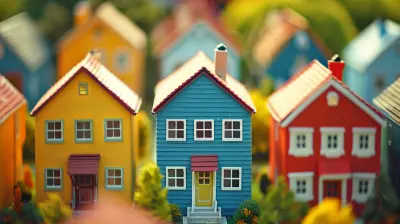How to Avoid Over-Renovating: Getting the Right Balance
16 August 2025
Renovating your home is exciting! It’s your chance to breathe new life into your space, boost its value, and make it truly yours. But there’s a fine line between a smart makeover and going overboard. The last thing you want is to pour money into upgrades that don’t pay off—or worse, make your home feel like an overstyled showroom rather than a comfortable space.
So, how do you strike that perfect balance? How do you avoid the dreaded over-renovation trap while still achieving a beautiful and functional transformation? Let’s dive in! 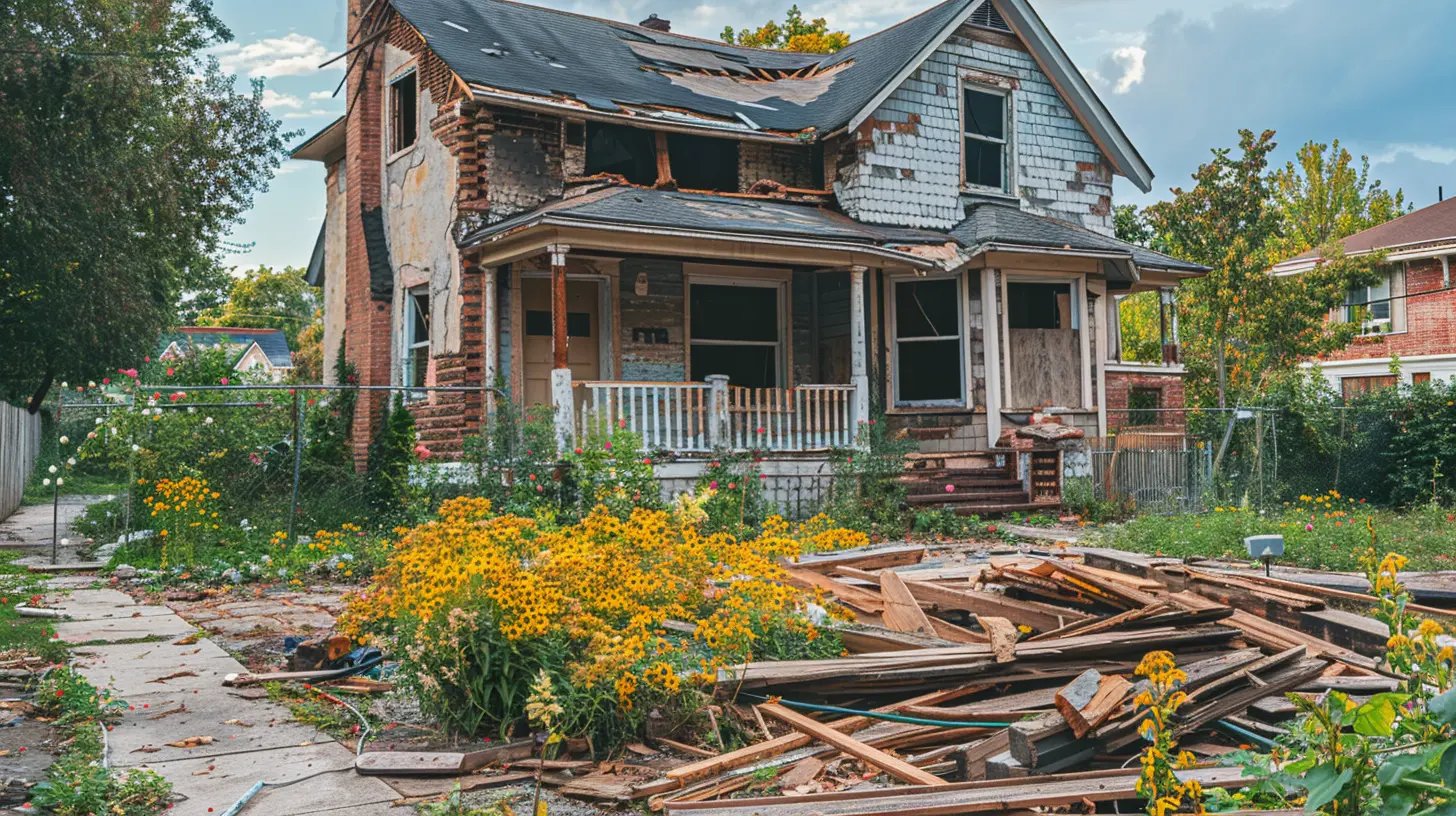
1. Understand Your Home's True Value
Before swinging a hammer or picking out expensive fixtures, take a step back. Ask yourself: What is my home actually worth?If you live in a neighborhood where the average home sells for $300,000, throwing $150,000 into renovations might not make sense. You could end up pricing yourself out of the market, making it tough to recoup your investment when it's time to sell.
A great way to gauge your home’s potential value is by checking comparable homes (aka "comps") in your area. Websites like Zillow or Redfin can help, but a real estate agent can provide even better insight.
Golden Rule: Don’t make your house the most expensive one on the block—it’s often a bad investment move. 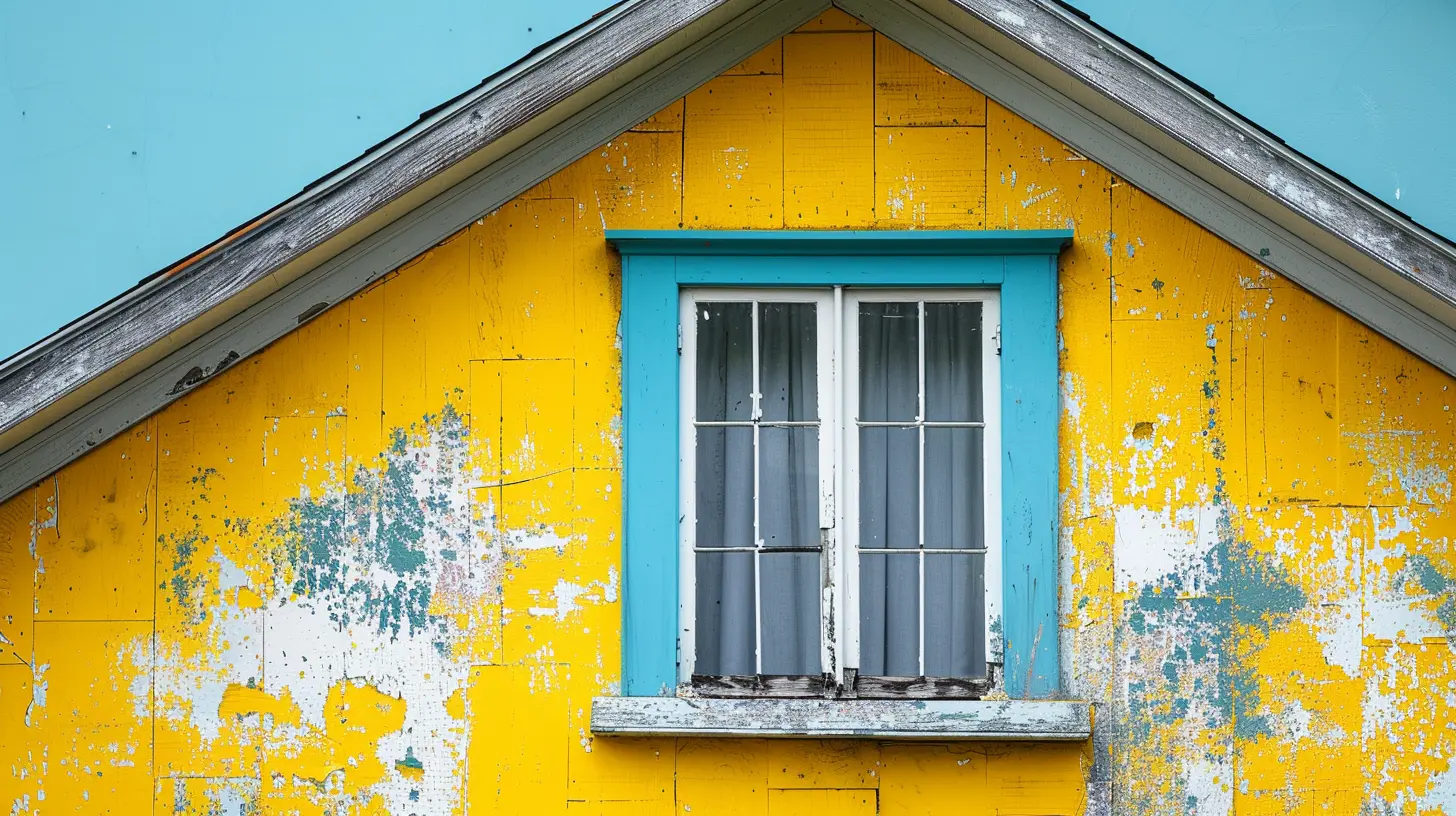
2. Set a Clear Budget—and Stick to It
Renovation budgets can spiral out of control fast. It starts with a simple kitchen upgrade, and before you know it, you’re gutting the entire house.To avoid this, set a realistic budget before you start. Break it down into categories:
- Essential repairs (plumbing, electrical, roofing)
- Must-have improvements (kitchen, bathrooms)
- Cosmetic updates (paint, lighting, décor)
Prioritize needs over wants. Those marble countertops might look stunning, but if your HVAC system is on its last legs, it’s smarter to invest in essentials first. 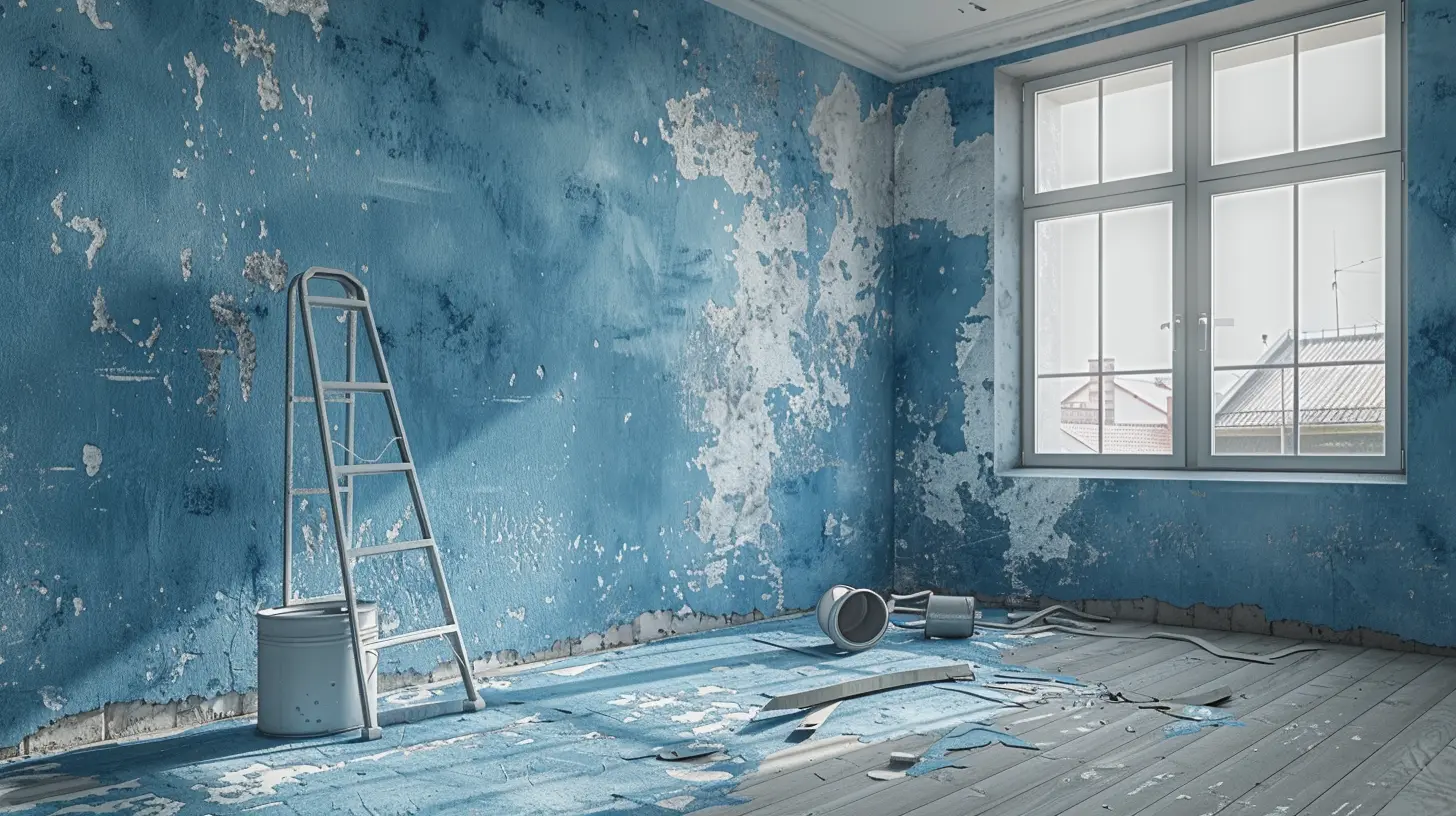
3. Keep Renovations in Line with Your Neighborhood
Your home should fit in—not stick out like a sore thumb. If you install ultra-modern finishes in a traditional neighborhood, it might feel out of place. Likewise, adding a luxury master suite in a modest area could make it difficult to sell later.The goal? Blend upgrades with the character of your home and its surroundings. Think timeless rather than trendy. 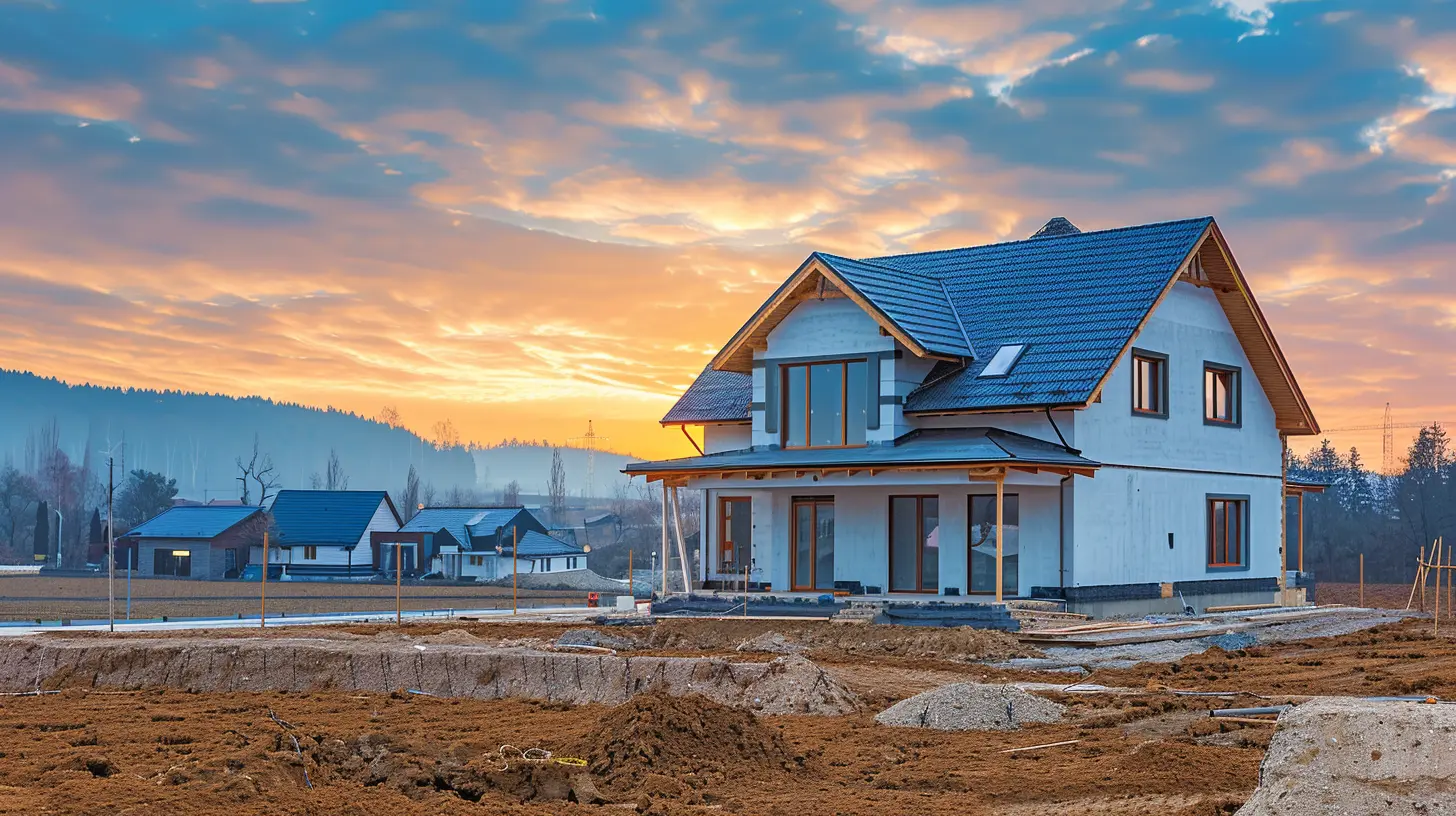
4. Focus on High-Impact, Cost-Effective Upgrades
Not all renovations are created equal. Some add tremendous value, while others are money pits. Let’s look at some of the best bang-for-your-buck upgrades:✅ Worthwhile Upgrades:
✔ Kitchen Refresh – New cabinet hardware, backsplash, and upgraded lighting can transform the space without a full remodel.✔ Bathroom Enhancements – Updating fixtures, re-caulking, and giving it a fresh coat of paint can do wonders.
✔ Curb Appeal Improvements – Landscaping, a fresh coat of paint, or a new front door can make a great first impression.
❌ Over-the-Top Upgrades to Avoid:
🚫 Ultra-Luxury Features – Heated floors, built-in espresso machines, and high-end appliances may not offer a strong return on investment.🚫 Excessive Smart Home Tech – A simple smart thermostat is great, but an overly complex setup might turn off future buyers.
🚫 Converting Bedrooms into Super-Specific Spaces – A home office is great, but turning a bedroom into a gym or theater room can limit buyer appeal.
5. DIY vs. Hiring Professionals: Know When to Call In the Pros
DIY projects can save you a ton of money—until they don’t. Some renovations are perfect for a weekend warrior, while others can turn into a disaster if handled incorrectly.Good DIY Candidates:
🎨 Painting walls and cabinets🔧 Simple fixture updates (faucets, doorknobs)
🖼 Installing shelves and décor
Call the Pros For:
⚡ Electrical work (Safety first!)🚰 Plumbing jobs (Leaks can get expensive fast.)
🏗 Structural changes (Load-bearing walls are no joke.)
If you’re on the fence, ask yourself: Will a mistake cost me more in the long run? If the answer is yes, it’s best to hire a professional.
6. Don’t Obsess Over Trends
Trends are fun, but they change fast. That geometric tile backsplash you love today might scream "outdated" in a few years. Instead of going all-in on fads, aim for classic, neutral designs with trendy accents (that are easy to swap out when styles change).Think about timeless choices:
✔ Neutral paint colors
✔ Classic subway tile
✔ Hardwood or high-quality laminate flooring
Then, add personality with:
✔ Throw pillows, rugs, and wall art
✔ Swappable light fixtures
✔ Unique furniture pieces
This way, your home stays stylish without feeling stuck in a time capsule.
7. Consider the Long-Term Impact
It’s easy to get caught up in the excitement of a remodel, but take a minute to think about the long-term effects of your choices.- Will this upgrade still look good in 5-10 years?
- Am I renovating for myself or resale value?
- Does this change improve functionality, or is it purely aesthetic?
You don’t want to spend thousands on renovations that will feel outdated or impractical down the line.
8. Keep Functionality Front and Center
A gorgeous renovation means nothing if it ruins your home's functionality. Avoid designs that look pretty but make everyday life harder.For example:
🚫 Too Many Open Shelves in the Kitchen – Sure, they’re trendy, but keeping everything picture-perfect can be exhausting.
🚫 Oversized Kitchen Islands – A huge island is great—unless it makes maneuvering around the kitchen a nightmare.
🚫 Removing Too Many Walls – Open-concept is nice, but sometimes, a little separation (sound, privacy) is essential.
Functionality should always come before aesthetics.
9. Think Resale—Even If You’re Not Selling Soon
You might not plan to move anytime soon, but life happens. If you ever decide to sell, well-thought-out renovations will pay off.Ask yourself:
- Will future buyers actually want this upgrade?
- Am I making personal choices that might not appeal to others?
While it's important to make your home feel like you, it’s also wise to keep an eye on resale appeal.
10. Know When to Stop
This one’s big. Home renovations can be addictive. One upgrade leads to another, and suddenly, you're redoing rooms you hadn’t even planned on touching.At some point, you have to step back and ask: Is this enough?
If your home is already functional, stylish, and up to date—stop! There’s no need to chase perfection. Enjoy your hard work and take pride in what you’ve accomplished.
Final Thoughts
Renovating is an exciting journey, but it’s important to strike the right balance. Avoid unnecessary upgrades that don’t add value, keep functionality in mind, and stick to a budget that makes sense for your home’s worth.By making smart, strategic choices, you’ll create a beautiful, functional space without falling into the over-renovation trap. And most importantly? You’ll actually get to enjoy your home without stressing over every tiny detail.
So, grab that paintbrush—or call that contractor—and start renovating wisely!
all images in this post were generated using AI tools
Category:
House FlippingAuthor:

Basil Horne
Discussion
rate this article
1 comments
Kylie McIntosh
Great insights! Finding the right balance in renovations is crucial for maximizing property value.
September 1, 2025 at 11:13 AM

Basil Horne
Thank you! Striking that balance is key to ensuring renovations enhance value without overspending.
